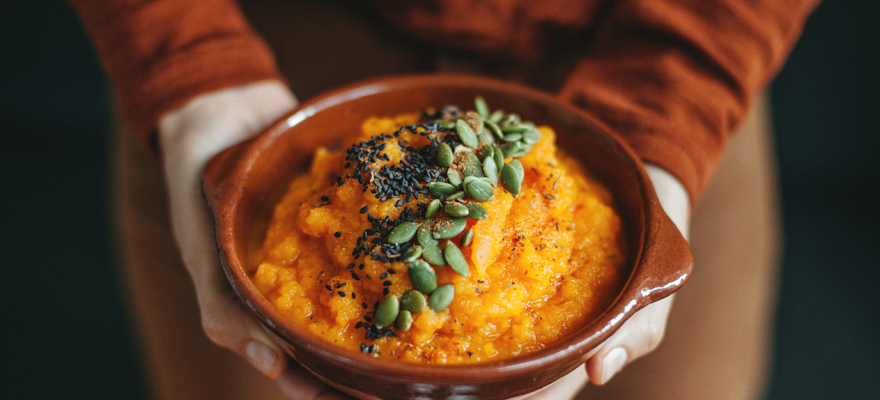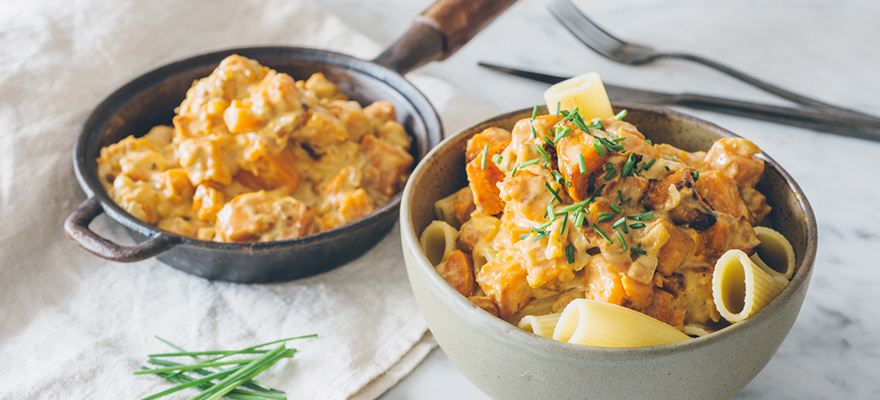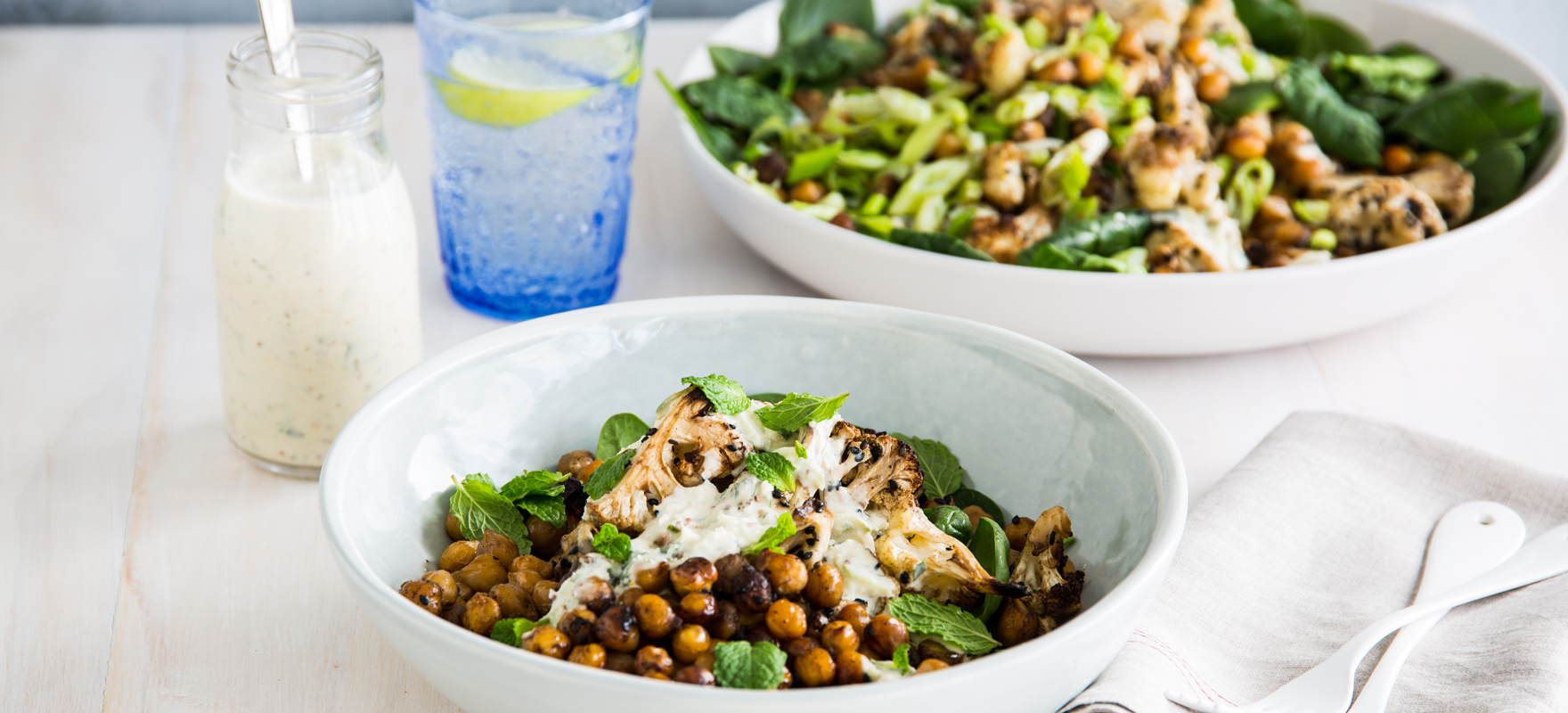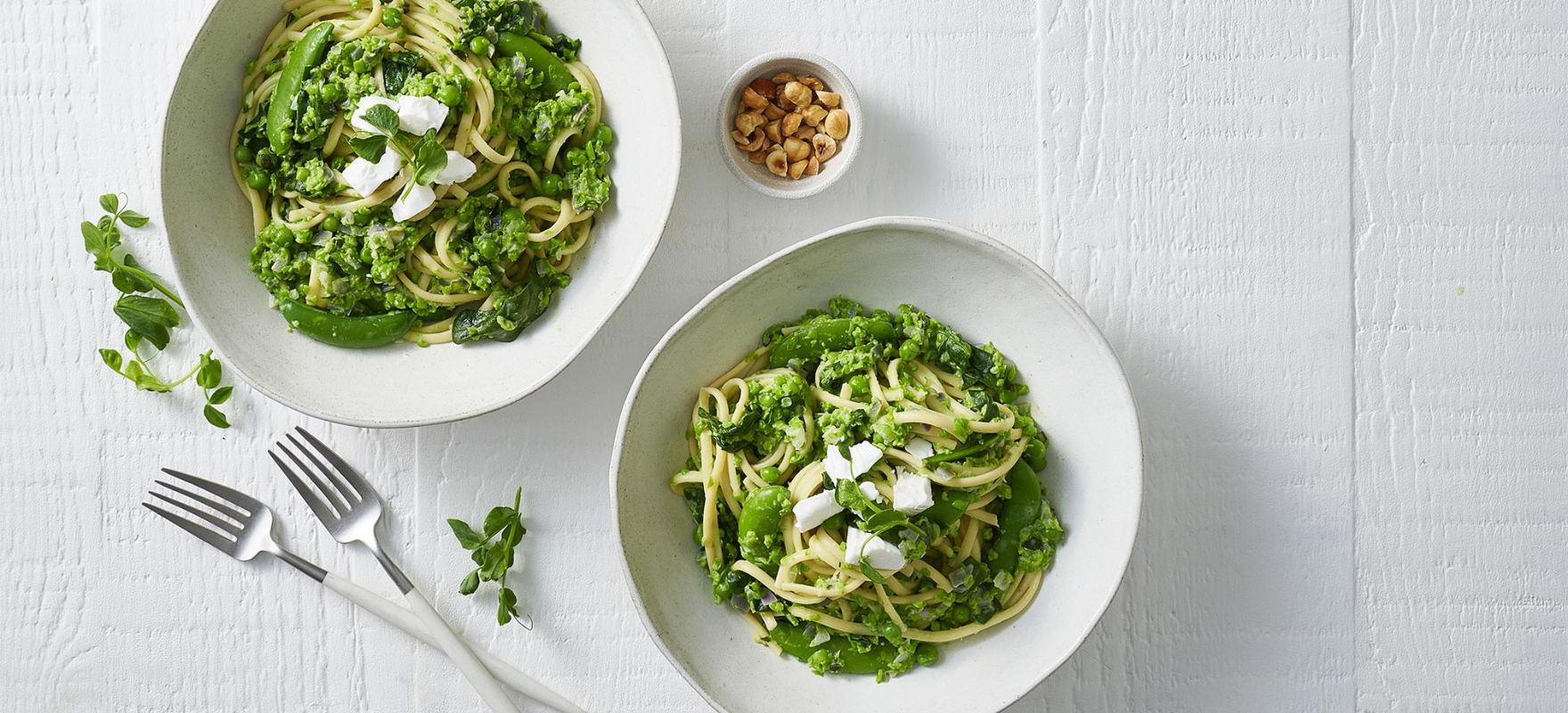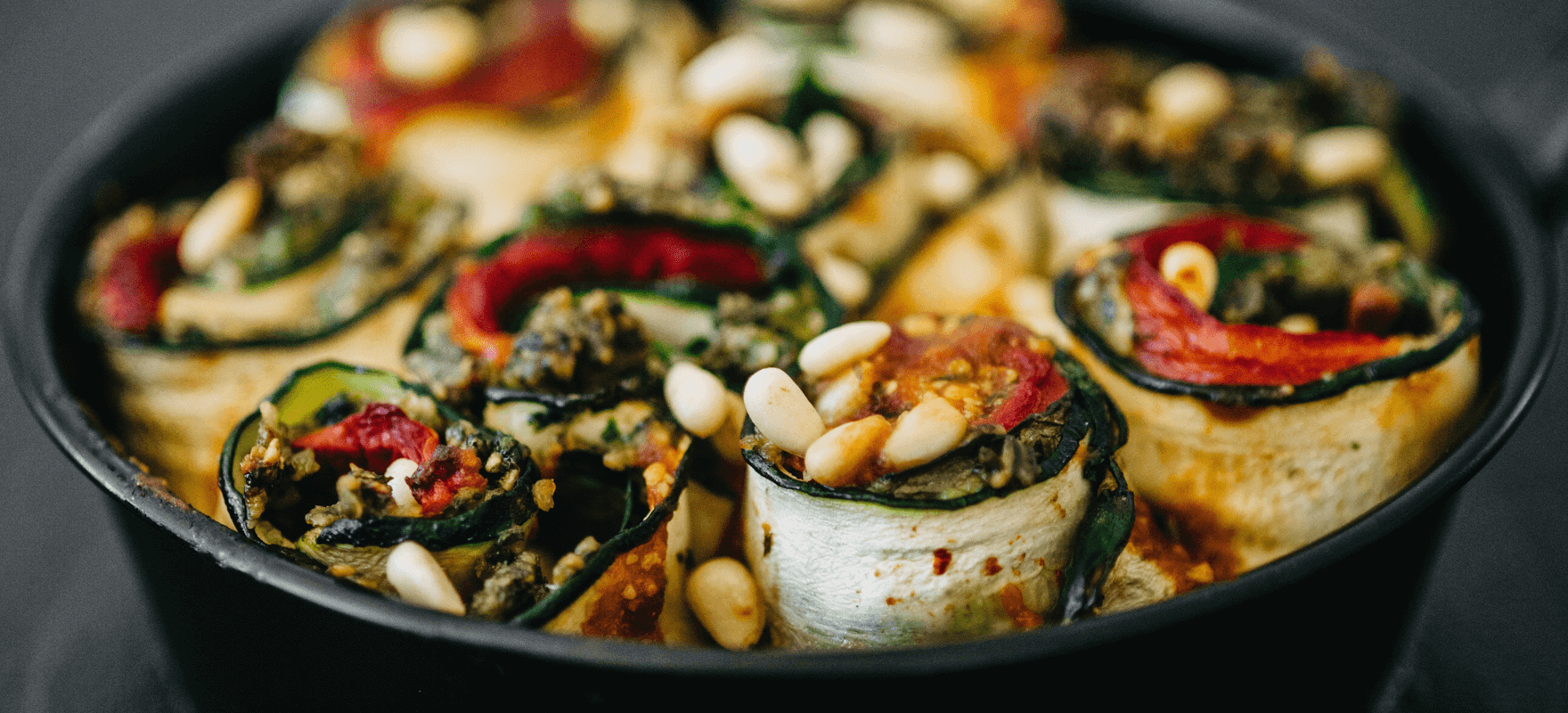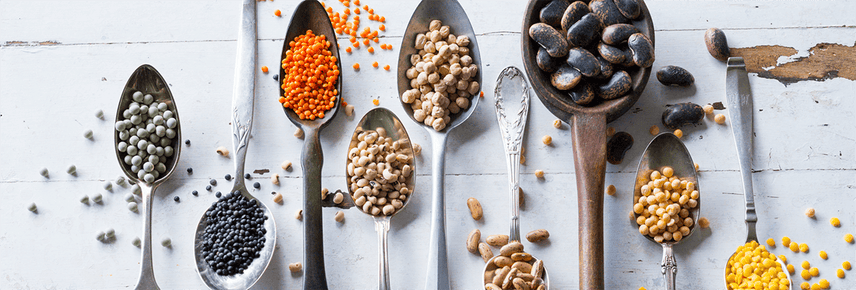.jpg?width=525&height=350&format=jpg&quality=95)
Best bang for buck vegetables, according to a dietitian
With cost of living pressures putting the squeeze on family budgets, turning to simple, veggie-loaded home-cooked meals is one way to put healthy meals on the table, for less.
Better still, there are some standout vegetables that are affordable, super versatile and punch well above their weight in the nutrition stakes, so you can rest assured that each mouthful is delivering good bang for your buck and your body.
Sanitarium Health Food Company dietitian Jessica Ferguson shares her top 5 budget-friendly veggies that tick the box on taste and nutrition, as well as her favourite recipes that make it easy to Tryfor5.
1. Carrots
- Budget-friendly
- Long storage life
- Ease of use
Budget calculator*: $1 for 1kg of carrots
Top usage tip: Eat or cook your carrots with the peel on to reap the fibre benefits and minimise food waste. You can even use the carrot tops to make a great pesto or add shredded carrot to bolognese sauce to bulk it out and get some extra nutrients in. But perhaps what makes carrots one of my favourites is their fruit-like convenience and crunch – just chomp in!
Try these recipes:
Cajun carrot mash (pictured below)
Moroccan chickpea salad
Veggie hash browns
2. Sweet Potato
- Long storage life
- Use it all
- Budget-friendly
Budget calculator*: $3.50 for 1kg of sweet potato
Top usage tip: Sweet potatoes come in a wide range of sizes so buy the size you need to reduce any waste. Store them loose (not in a plastic bag) in a cool, dark and well-ventilated place so that they last longer. Avoid storing in the fridge. Sweet potatoes are super versatile and loved by even the fussiest of eaters – mash them, bake them whole, slice them into wedges or dice them up, roast and add to your favourite salad. You simply can’t go wrong with a sweet potato!
Try these recipes:
Creamy sweet potato pasta (pictured below)
Roasted stuffed sweet potatoes
Vegetable shepherd’s pie
3. Cauliflower
- Versatility
- Use it all
- Long storage life
Budget calculator*: $2.80 for 1 whole cauliflower
Top usage tip: The best thing about cauliflower is its versatility – enjoy it mashed, roasted, blitzed into ‘rice’ or cut thick for veggie steaks. You can even use cauliflower as a ‘dough’ for a healthier homemade pizza base. And don’t be afraid to use the entire vegetable, the stems and leaves can be chopped and added to dishes like stir fries or slaws for extra crunch.
Try these recipes:
Roasted chickpea and cauliflower salad (pictured below)
Cauliflower and edamame dhal
Carrot cauliflower and turmeric soup
4. Green Peas
- Budget-friendly
- Long storage life
- Versatility
Budget calculator*: $2.70-5 for 1kg frozen peas (prices vary)
Top usage tip: Fresh peas straight from the pod make a delicious snack over the summer months, and in the cooler months, frozen and tinned peas are a great cost-effective option to boost the veggie and nutritional content of your meals.
Try these recipes:
Spring pea linguine (pictured below)
Roast pumpkin and pea risotto
Potato and pea curry
5. Zucchini
- Budget-friendly
- Versatility
- Use it all
Budget calculator*: $1.20 for one zucchini
Top usage tip: Zucchinis are super versatile and are tasty roasted, frittered, or baked as a delicious zucchini slice. You can even use them raw in salads too – use a spiraliser or mandolin to turn them into fun ‘zoodles’! If you don’t use up the whole zucchini grate leftovers into a pasta sauce or hashbrown as the ultimate hidden veggie. Kids often eat them this way without complaint as they have a mild taste that is overtaken by stronger flavours in the meal.
Try these recipes:
Pesto zucchini roll up lasagne (pictured below)
Chickpea corn and zucchini fritters
Vegetable quiche
* All prices accurate as of 26 September 2023. Prices can vary due to a range of variables including but not limited to where you live, where you shop and seasonal abundance.

The latest nutrition advice, plus health and wellness tips delivered to your inbox monthly
